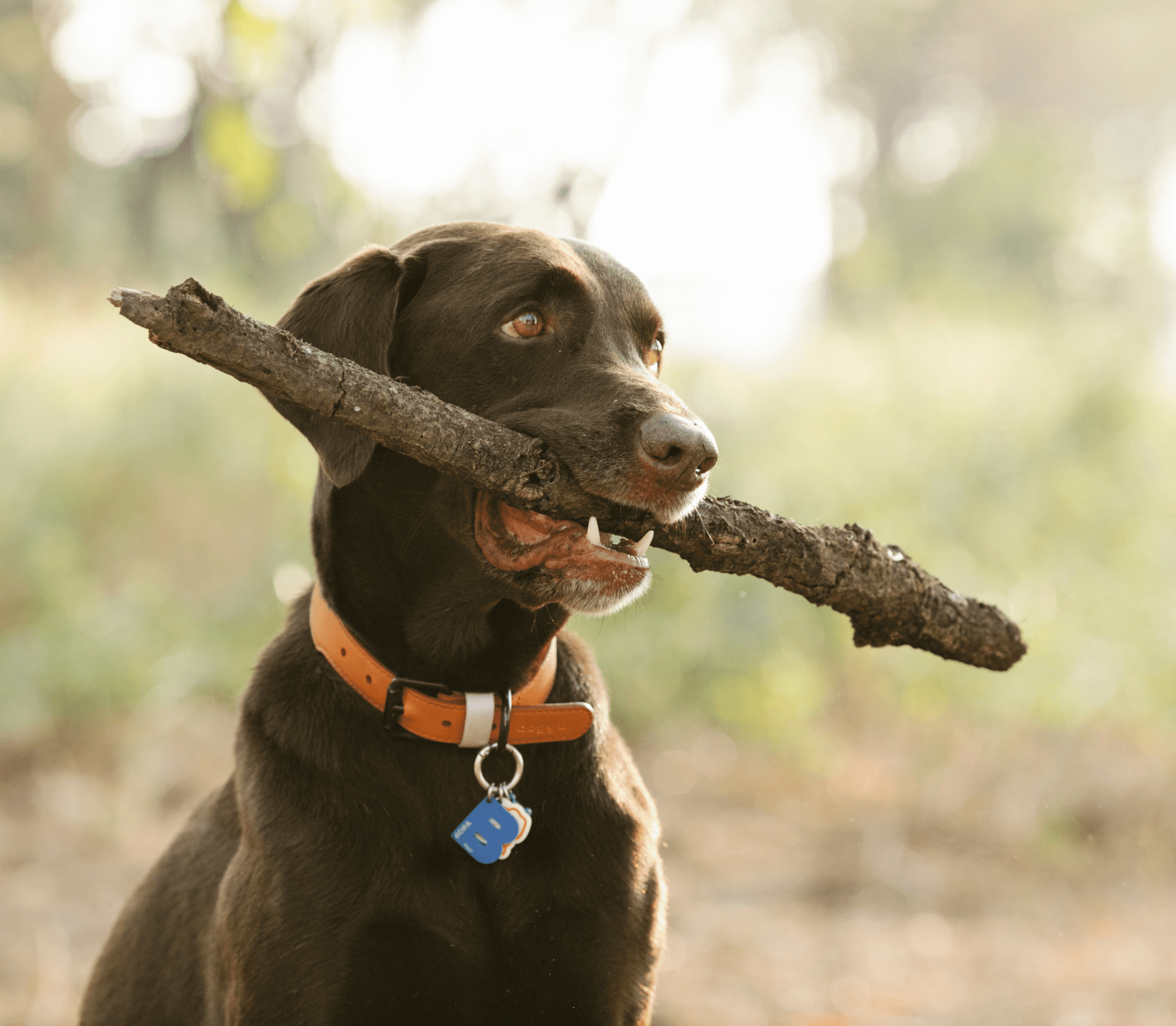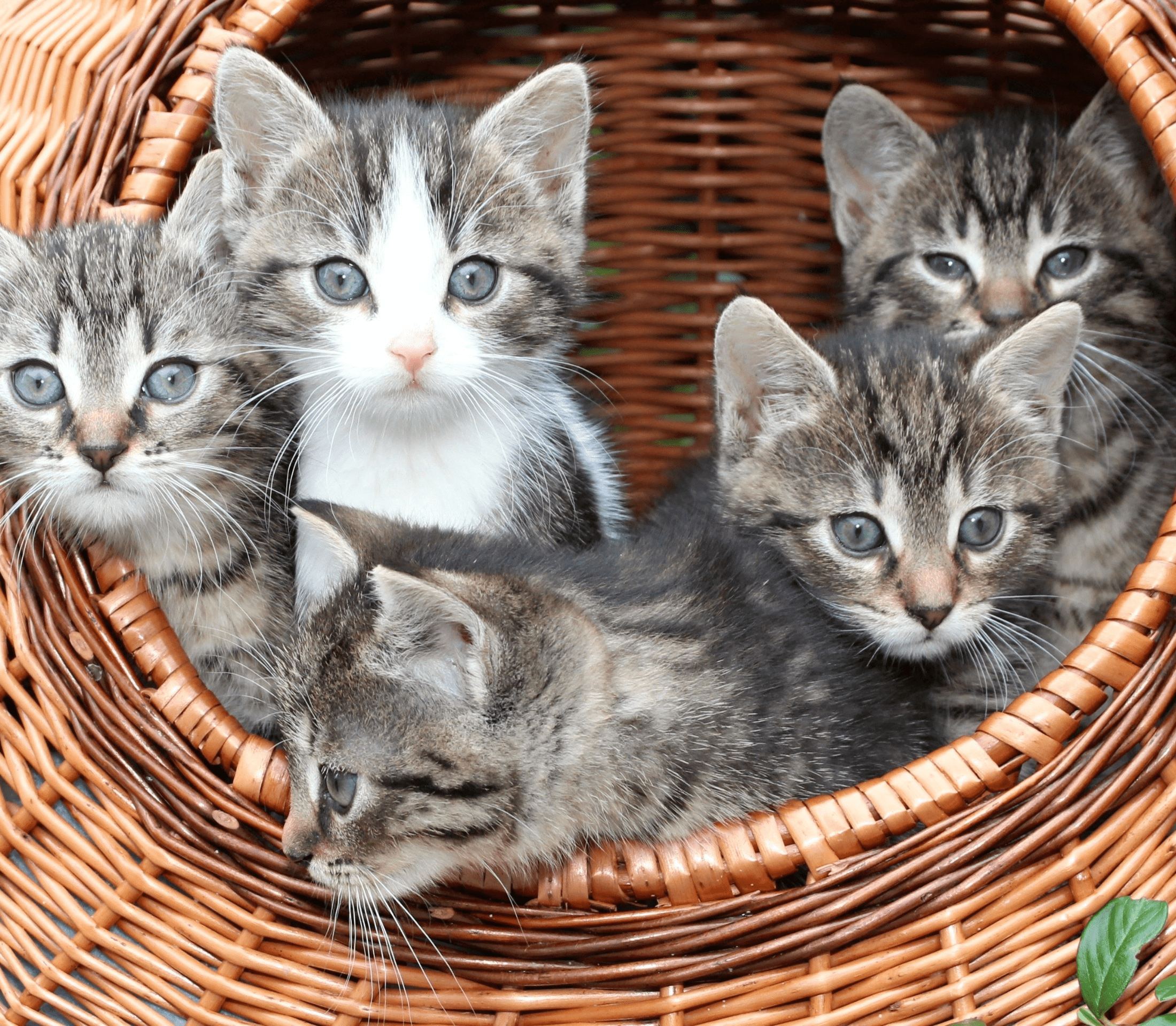Adopting Shelter Kitties
Adopt A Shelter Cat Month is celebrated every June. We of course think every month is Adopt A Shelter Cat Month. We want to see every kitty find a decent home, regardless of their origin. Sadly, many shelter kitties truly struggle to be adopted. Your local shelter is a fantastic place to visit if you are thinking about adding a new feline to your life! Here’s some advice from a local Washington DC veterinarian about adopting Fluffy.
How Should I Pick A Shelter Cat?
There is absolutely no right or incorrect response to this one. Some people have a list of things they are specifically searching for. It’s okay if you’d prefer your next cat to be of a particular color, breed, or age. It doesn’t matter what kind of cat you’re looking for—you’ll find Fluffy in a shelter sooner or later.
Of course, you could go to a shelter with a mental list of what you want and discover you are drawn to a cat that seems like the exact opposite. That’s not a problem. That moment when people just know they have found their purrfect pet always seems to be a little magical. Also, there is lots to be said about simply following your heart and choosing the kitty that most moves your emotions.
Just keep some things in mind. If you have other animals, you should make sure you choose a kitty that would get along with her furry neighbors. A shy feline who has always lived alone might not feel at ease in a house that includes two dogs, three other cats, and a parakeet. Conversely, a cat who gets along with other kitties could find herself lonely if she’s left on her own at home a lot. Most shelters do evaluate the animals in their care, so you should be able to get an idea of what kitties will fit with your household..
Why Should One Choose a Shelter Cat?
There are some really good reasons why visiting a shelter is the ideal approach to finding Fluffy! These are only a handful of the key ones:
Find Your Perfect Pet: Shelter kitties come in different colors, sizes, and purrsonalities!
Meet And Greet: Most of the time, you can meet Fluffy before deciding. This will help you be sure you chose the correct pet. (Many individuals realize they have discovered their purrfect pet during this stage.)
Promote Good Animal Welfare: Adopting from a shelter is definitely far less expensive than visiting a breeder or pet store.
Help Other Animals: One of the main reasons adopting shelter cats is such a fantastic choice is just this. You will also be assisting other homeless cats. First of all, another sweet cat will soon occupy the empty area your new feline friend leaves vacant. Adoption fees for Fluffy will also enable the shelter to take care of its other animal wards.
How Do I Help My Shelter Cat Settling In?
Moving to a new house is a major event for our furry pals. Even if Fluffy is going to a great home, she will still find it hard to adjust, and will need some time to adapt.
We recommend having everything ready ahead of time. You might want to go shopping first before you look for your cat. Sometimes with dogs, you have to wait a little to find out what size Fido is when dealing with pets. With cats, that really is not a problem. Even if you are acquiring a kitten, Your little friend will be able to use furniture, beds, and full-sized toys, though you might have to get little Fluffy a tiny litterbox.
Your shopping list ought to include the following:
- Litterbox
- Litter (Note: steer clear of brands including clay and clumping for kittens).
- Scratching on a board or post
- Food
- Dishes
- Toys
- Beds
- Treats
- More Toys
- Catnip
- More Beds
- Carrier
When you go shopping, consider your cat’s age. While a senior furball might be more interested in cozy beds, a kitten will love loads of entertaining toys and activity centers.
Regarding food, that will also rely on her general health as well as the age of your cat. See your veterinarian for particular recommendations.
We usually advise making gradual changes to kitties’ diets. Shelters sometimes are limited to whatever is on sale or donated, hence Fluffy might not be on a regular menu.
If you have other pets, put your cat’s things in a different room at first. This will allow Fluffy a place where she might simply unwind and settle down. If Fluffy will be an only pet, choose a peaceful corner.
Gotcha Day is quite important. When you arrive home, let Fluffy explore when she’s ready. Set the carrier down and let your cat emerge when she is ready. Some furballs might want to start exploring their new realm right meow. Others may stay put and just come out very, very slowly, or hightail it for the first hiding place they come across.
Don’t force attention on your furball, and definitely don’t pet or hold her against her will. That could simply backfire and cause her to fear you.
If you have other animals, give introductions some thought. This should preferably happen across several days in stages. To Fluffy, first impressions are quite important! See your veterinarian for particular guidance on this.
How Can I Protect My Shelter Cat From Harm?
Our feline companions are really self-reliant. They are also walking, meowing bundles of inquiry and mischief.
Petproofing is vital. It involves tackling everything your furball shouldn’t be playing with or eating. The list covers medications, hazardous plants, small or sharp objects, and chemicals. Plastic bags, knots, cords, and ropes are also harmful. You’ll also need to make sure your windows and doors close firmly. Ask your veterinarian for advice on this.
Apart from that, we want to caution you to keep your new pet sound and safe indoors. Kitties run numerous major risks when allowed to roam, including traffic, climate change, toxins, and predators. Fluffy also won’t know her way around and could easily get lost.
How Can I Connect With A Shelter Cat?
Some kitties will warm up gradually, while others may immediately decide that you are the most wonderful thing under the sun and want to curl up with you 24/7. It may take time to get that motor going. To trust you, Fluffy must be sure you will not grab or hold her against her will.
Talk to your feline friend and offer toys, treats, and catnip. Making your house safe and interesting for your pet is also important. You might arrange some pet-safe plants for Fluffy to chew on. The ASPCA has an excellent list on its website. Your feline friend will most likely also appreciate some kitty furniture, such as a cat tower. Window seats are also quite popular among our feline pals.
How Can I Keep A Shelter Cat Healthy?
Taking Fluffy to the veterinarian is among the first things you will want to do. Your cat will need a complete nose-to-tail check. While some places schedule this during adoption, many shelter cats are already fixed. Apart from that, you have to make sure your furry friend is current on vaccinations and parasite management.
This is also a perfect moment to get some great tips for looking after your feline friend. Don’t be afraid to ask your Washington DC veterinarian for tips. That’s what we’re here for!
Set Up a Visit to Your Washington DC Animal Clinic
Should you bring your friend’s cat in? Fluffy is past due for an exam? Get in touch with us at your Washington DC pet hospital!



